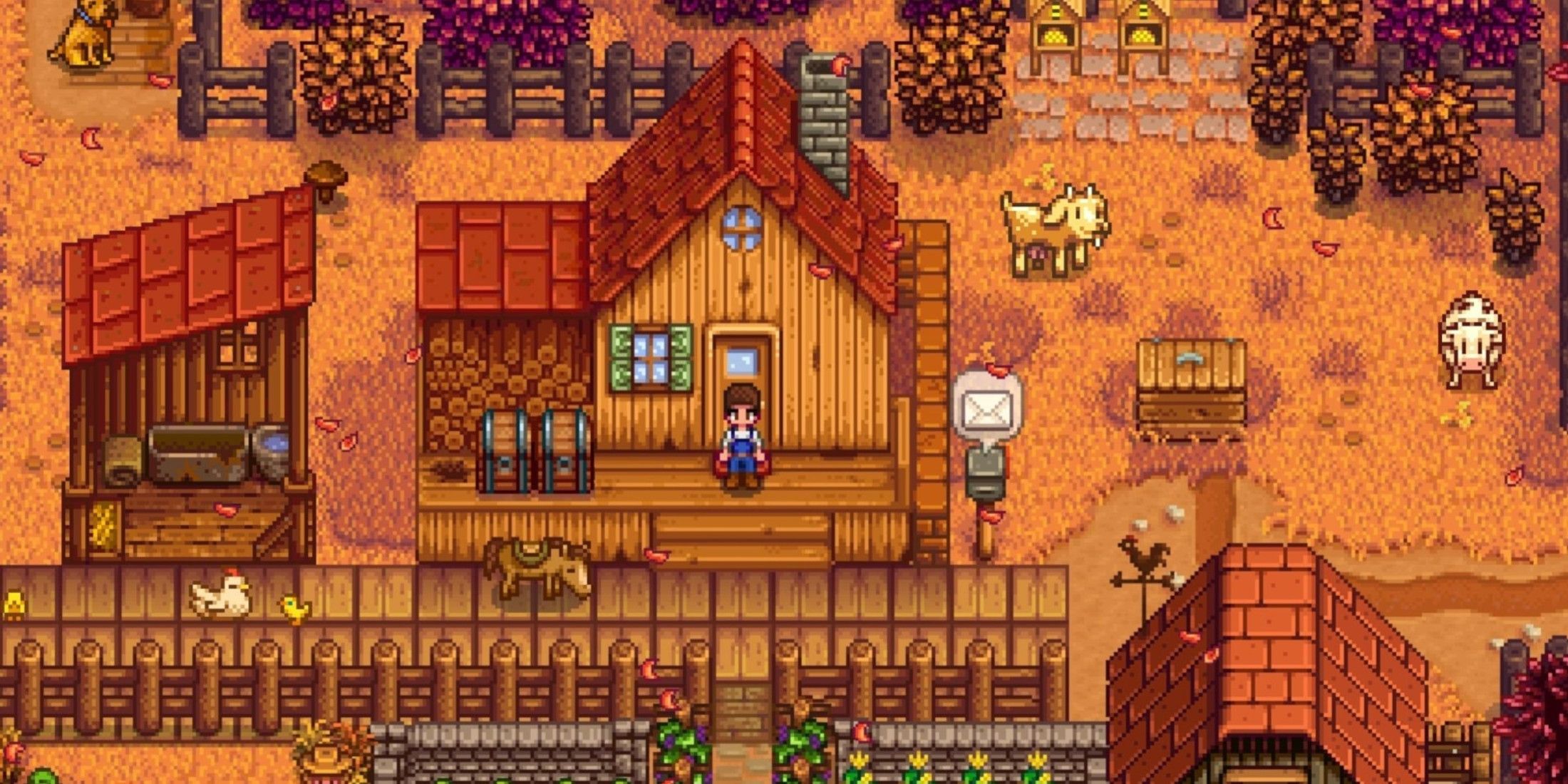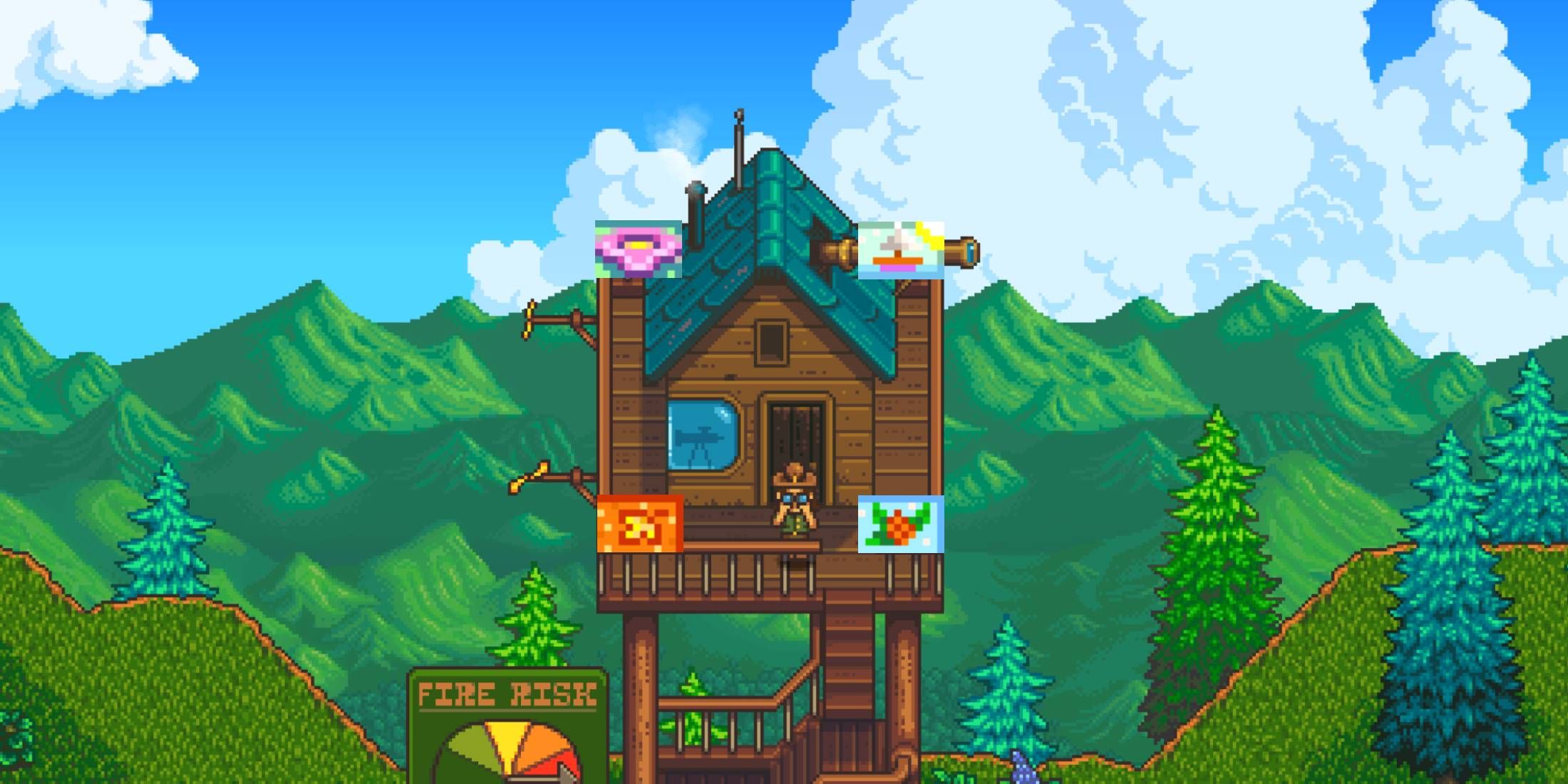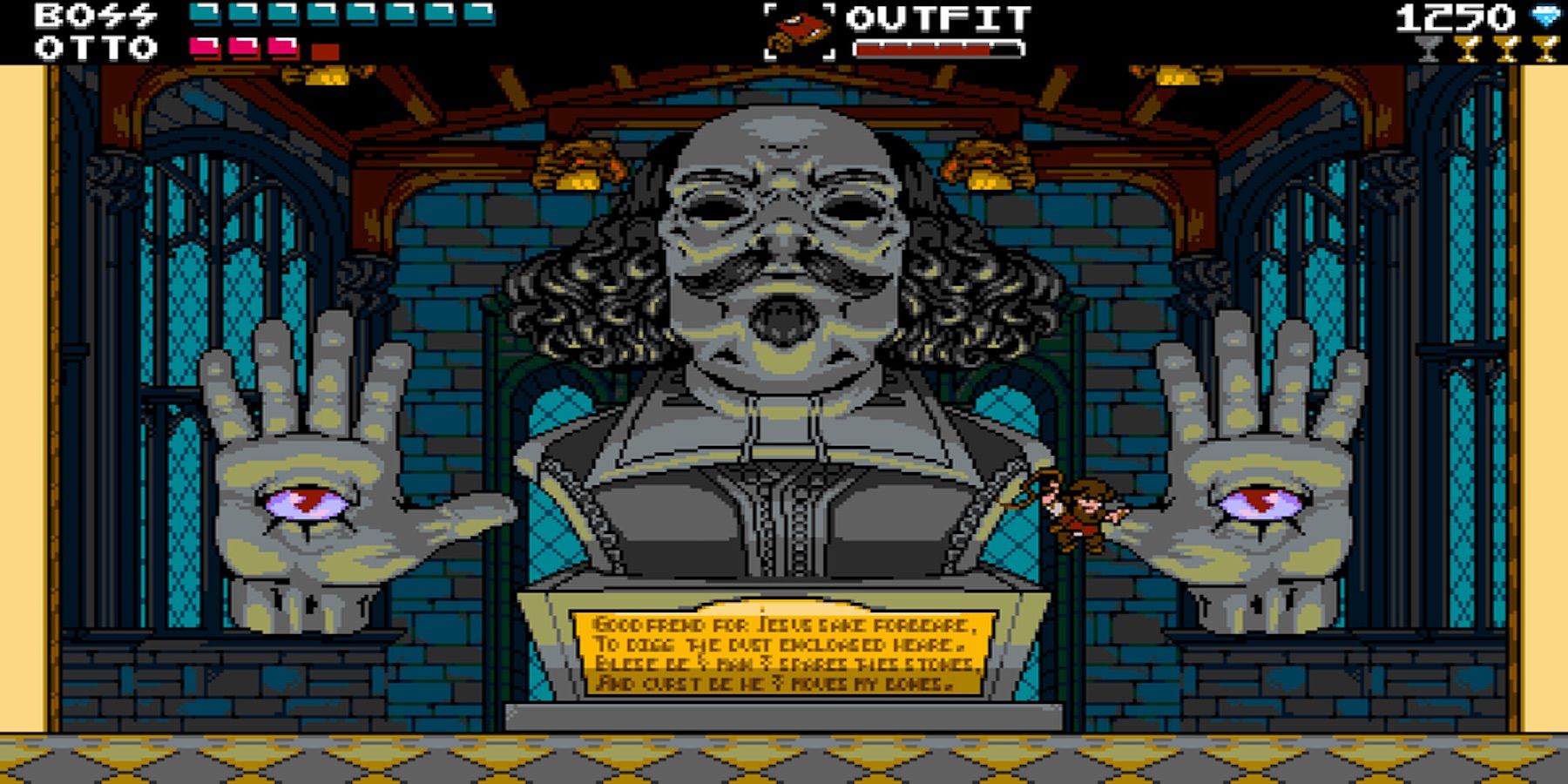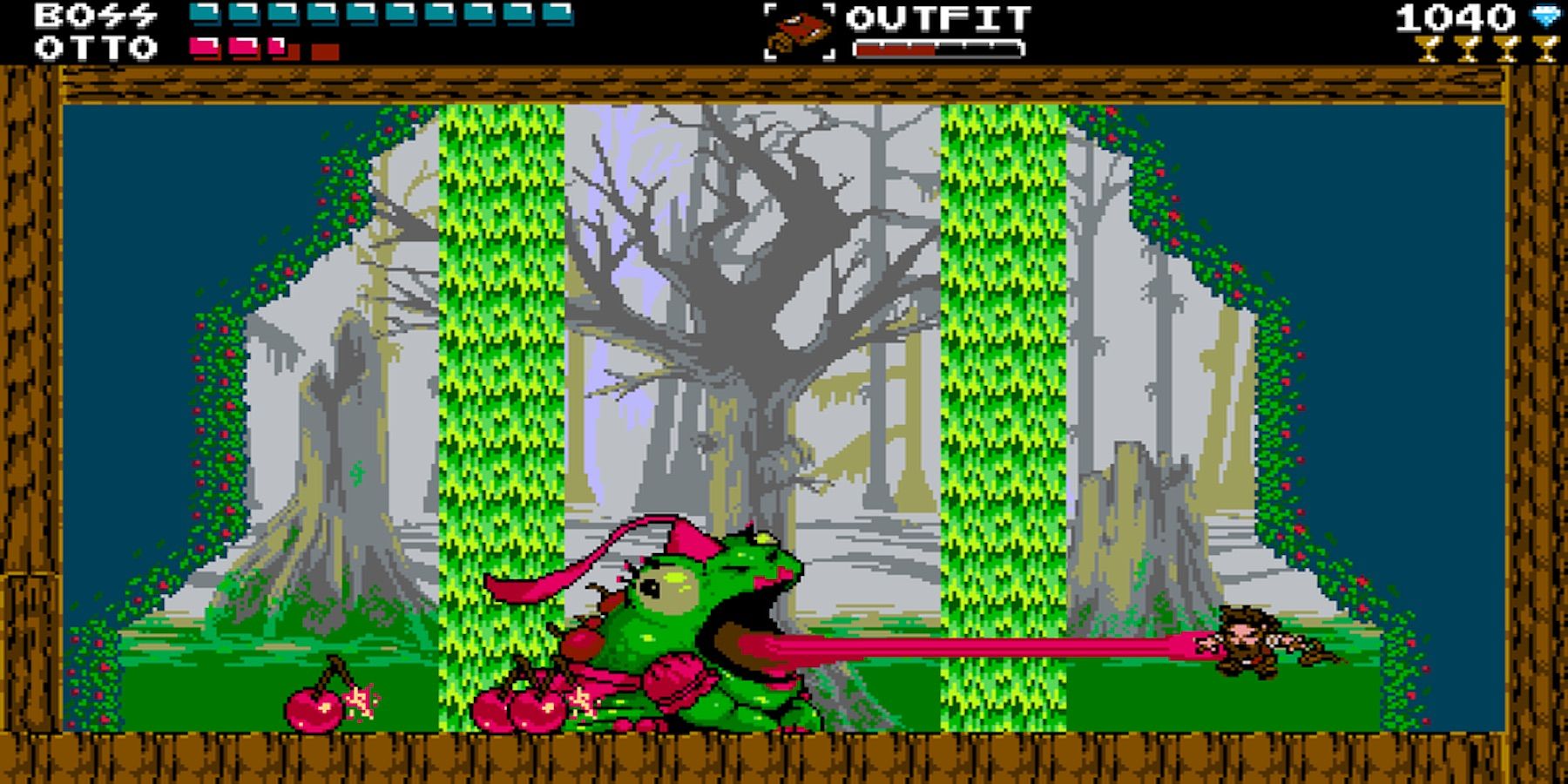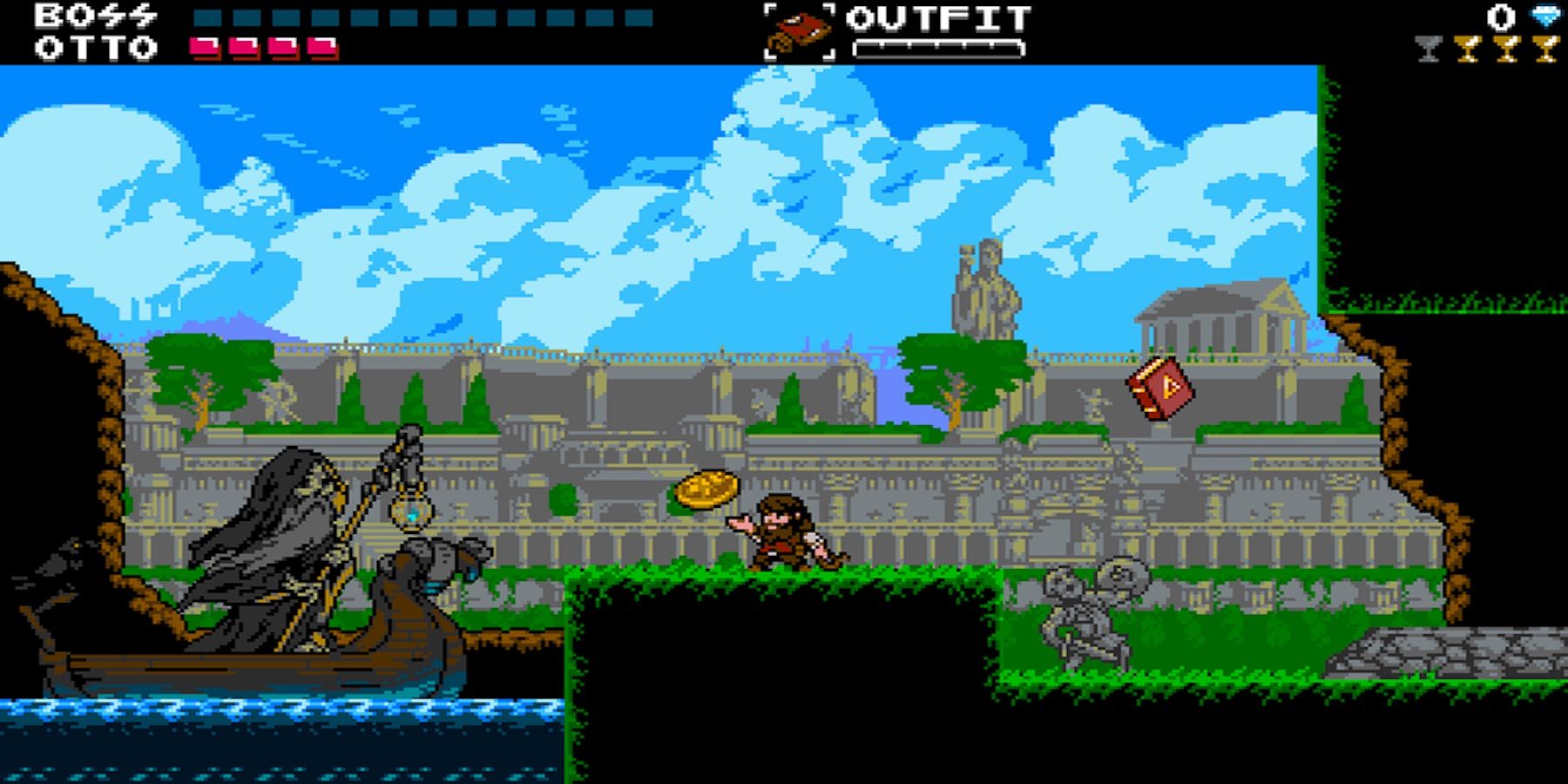For many indie developers, building a video game is the ultimate learning experience. That certainly was true for Jordan Marx, lead programmer at Obvious Gravity, when he set out to develop his upcoming title Otto and the Ancient Worlds. The studio’s first-ever game, an 8-bit platformer inspired by history and folklore, went through drastic changes throughout its six-year development cycle as Marx and his team learned the ropes of game design.
As Otto came together, the studio realized that while it has been learning to develop, it had also inadvertently created an educational experience for the game's audience, too. Ahead of IndieLand 2022, Game ZXC spoke with Marx about how Otto’s final version came about, and what players can take away from the experience.
Developing Otto and the Ancient Worlds Taught Obvious Gravity a Lesson About Scope
When Obvious Gravity first got started around 2016 or so, video game design was more of a hobby for Marx, he said. “My wife, Oxcoxa, and I wanted to make video games, and we just threw ourselves into the Unity engine.”
The two aspirant devs borrowed sprites and other assets available on the Internet and started teaching themselves how to program. “We just played around with anything,” Marx said, recreating stages from classic titles like Donkey Kong and Super Metroid.
Eventually, Marx, his wife, and some friends started brainstorming ideas, and the initial concept for Otto was born. In its infancy, the game looked a lot different from the Castelvania-esque adventure platformer that exists today. “Originally, the player character was going to be Van Helsing, and the game was going to be about vampire hunting,” Marx said. It was going to look a lot like Mega Man, featuring a stage-select function that would allow the player to preview each level’s boss. Those final enemies would be monsters from classic folktales.
The devs decided that they didn’t like that approach, Marx said. “It was very much Mega Man, and we wanted something with a bit more melee.” The player character was given a whip, the visuals changed, and Otto started to resemble something a bit more like Castlevania.
Throughout Otto’s development process, Marx said he and the team learned some valuable lessons about building a game. “I think the biggest challenges for us were related to scope,” he said. “You don’t want to have too big a project.” The devs had a tough time deciding on things like the number of enemies in a stage, or what each environment should look like. Part of that problem was that Otto features unique enemies, bosses, and environments for every level, Marx said.
“That was a big task we decided to focus on, where you don’t repeat any enemies. You don’t just change the color palette on the same groups of enemies, so every stage feels very different.”
While the team was happy with how that came out, Marx said that such a process was too labor-intensive to repeat. “It’s okay to reuse some enemies. It’s not lazy.”
Another lesson the team at Obvious Gravity took away from developing its first video game was “not falling in love with your first idea." Although an idea for a feature or mechanic can sound great at first blush, it might not shake out in playtesting. “You can’t be afraid to get rid of it or change it,” he said.
Marx was happy with how the development process has gone so far. “Our main goal was really to have fun. We’ve had a great time doing it.” The team currently has day jobs, and aimed to develop Otto during spare time with as little stress as possible - part of the reason for the game’s six-year development cycle.
All told, the learning experience has instilled Marx with a newfound confidence as a game dev. “At the beginning, I would say that I was very scared, but open,” he said. “Now, I feel like a total professional.”
Otto and the Ancient Worlds Also Provides a Learning Experience for Players
As the concept behind Otto progressed and evolved, Obvious Gravity stumbled onto an unintended consequence of the design for its 8-bit platformer: the game provided a unique opportunity for players to learn about history and folklore. Otto and the Ancient Worlds follows an archaeologist who discovers a book that contains myriad magical worlds based on real-life history and legends. Each level in the game corresponds to a particular story - there are stages inspired by Shakespeare’s plays, Grimm Brothers fairy tales, and Norse mythology. That framework led to an interesting development, Marx said.
“It kind of turned into something where players can actually learn a lot about the mythology of each stage in Otto .”
That’s not something the devs originally planned on. The team had originally set out to include hidden NPCs in each level, which was a feature borrowed from the 1998 PlayStation action-RPG Brave Fencer Musashi. When adapting the scheme to Otto, Obvious Gravity needed lines of dialogue for each NPC. “We weren’t totally sure what the NPCs should say, so we decided to make them tell you about the lore of each stage."
The NPCs that players collect eventually populated what Marx referred to as a “hub world,” the central stage-selection area. Those characters repair the hub, which is initially decrepit, and decorate it with additional lore about each of the worlds.
Although Obvious Gravity set out to implement a feature based on other games, the upshot was to create a learning experience for players not dissimilar to the one that the devs themselves underwent while putting their inaugural title together. “It wasn’t intentional, but it kind of evolved,” Marx said.
Otto and the Ancient Worlds is in development for PC. The game will appear as part of IndieLand 2022 on Friday, November 11 at 6:00 p.m. PST.


